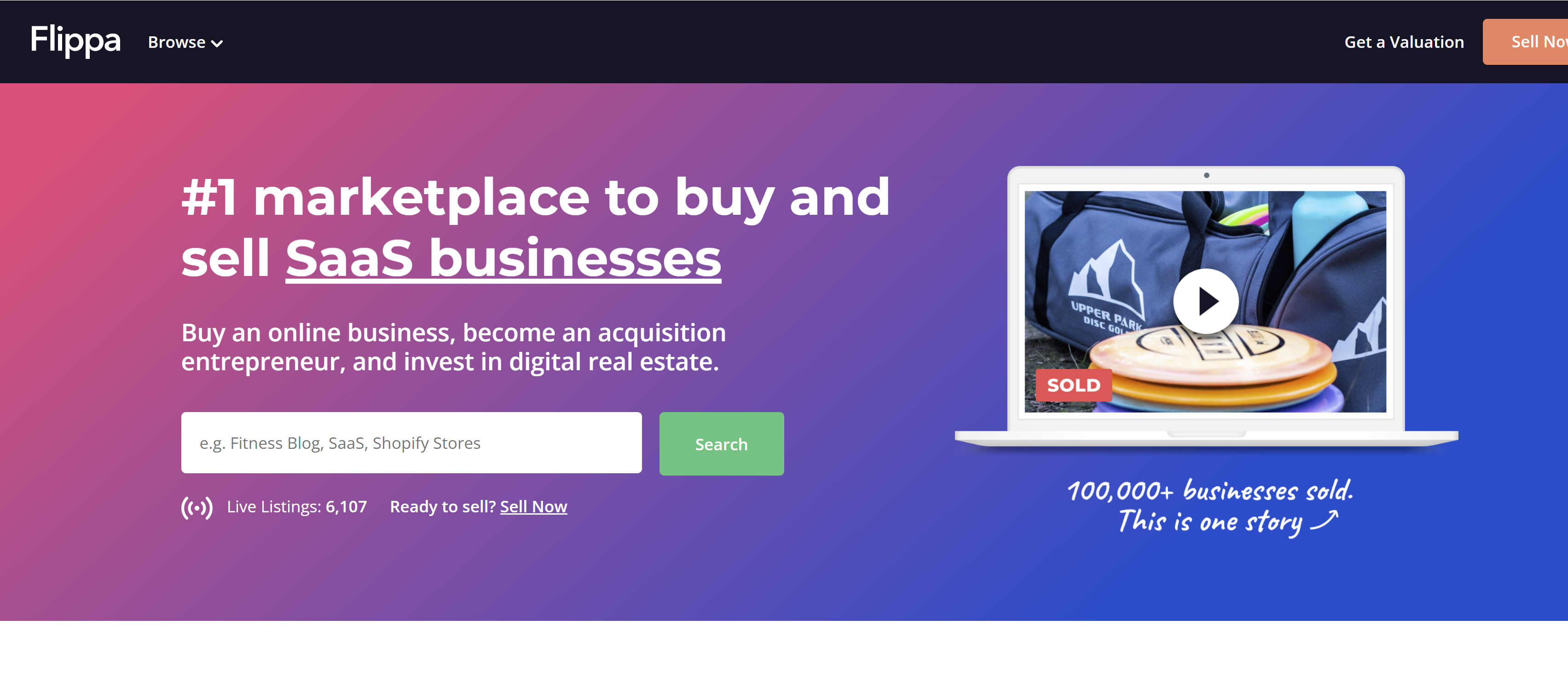Single-Vendor vs. Multiple-Vendor Marketplaces
Online buying and selling, or eCommerce has come a long way. From the time only a few people were comfortable with buying a few select things over the internet from sites such as eBay, to today when many millions of online transactions are carried made daily.
Every brand that aspires to grow and reach a wider audience has no choice but to join the right online marketplace. Any business that implements the right strategy for its brands, and conducts relevant research to understand its target market, can achieve an excellent eCommerce model that helps it to get huge revenues.
However, before venturing into eCommerce, brands have a challenging decision to make. This decision centers around whether to join a single vendor or multiple-vendor marketplace. This is a tough decision to make, and one that has far-reaching effects thus tricky to choose one of the two options, especially for the newbies in the market.
- Defining single-vendor and multiple-vendor marketplaces
- Differences between single vendor and multiple vendor marketplaces
- Benefits and drawbacks of single-vendor marketplace
- Benefits and drawbacks of multiple-vendor marketplace
- How to Integrate Your online store into a Marketplace
- Choosing between joining single-vendor and multi-vendor marketplaces
- Conclusion
Defining single-vendor and multiple-vendor marketplaces
A single-vendor marketplace is an online store characterized by one seller selling to multiple buyers. It is a stand-alone store that does not offer a wide range of products and /or services. In these kinds of marketplaces, only two users are involved- the seller and the buyers. The vendor enjoys unrestricted admin rights to sell their products directly to the buyers.
Conversely, a multiple vendor marketplace is a web-based store that brings many sellers together so that they can sell to multiple buyers. Customers shopping from multi-vendor marketplaces enjoy the opportunity to buy different brands from various sellers. Unlike single vendor stores where there are only two users, multi-vendor marketplaces mainly involve three entities- vendors, customers, and the website owner (administrator).
Differences between single vendor and multiple vendor marketplaces
Each of these two eCommerce models has its advantages and disadvantages. One brand may find a single-vendor marketplace works well for it, but others may find a multi-vendor marketplace is the best. To help you get a clear picture of the two models, below are some of the differences between the two marketplace types:
Development Costs
While both models require investment in design and development, establishing a multi-vendor marketplace usually calls for more resources because of the more complex interface. On the other hand, a single-store site is comparatively less costly because there is less functionality and features to be included.
App or web interface
With single-vendor eCommerce stores, the interface is simple unlike those of multi-vendor stores. Multiple vendor stores support many sellers and products and thus involve more processes for buyers to choose products. They will need filters such as location, preferred store, and others to be added, Single vendor platforms have only one seller so the interface is simpler.
Admin authority
In a single vendor store, there are only two stakeholders, the seller and the customers. The seller will have full admin rights to administer the sales. However, for multi-vendor stores, there are three parties — the sellers, the customers, and the administrators. The sellers do not have full admin authority, because there are other sellers, and the administrators will be in charge of the store to ensure the smooth running of the site and charge a commission for the service.
Risk factor
Multi-vendor marketplaces expose sellers to a wider audience and offer a better chance for growth but pose a higher risk to sellers because they don’t have full control over their products and sales. Conversely, single-vendor marketplaces pose less risk because the seller controls their inventory and other issues such as stock management. However, the marketplace will likely reach a much smaller audience.
Revenue streams
A single-vendor marketplace has only one seller, who is the store owner who gets all the revenue that comes from sources such as product sales, affiliate marketing, and banner ads. For the multi-vendor marketplace, sellers are not the site owners and have to pay the owner some commission thus generating less revenue per item, but they can increase overall it by selling more. The marketplace owner gets revenue from sellers listing fees, per sale commission, banner ads, and vendor subscription fees.
Scalability
A seller using a multi-vendor marketplace to sell their products can easily scale their business by adding more brands to their shop. On the contrary, a seller using a single-vendor marketplace has to come up with new income streams if they wish to expand their business, and that may take a long time.
Transaction model
While both eCommerce models require payment systems, a single-vendor marketplace can have a simple payment system since the money moves between the buyer and the seller. The multi-vendor marketplace needs a more sophisticated system to allow money to be shared between the sellers, site owners or admin, and other interested parties.
Traffic volume
With multi-vendor marketplaces, there is wide coverage and so there is higher traffic. On the other hand, a single-vendor marketplace does not have as wide coverage so there is lower traffic.
Benefits and drawbacks of single-vendor marketplace
A single-vendor marketplace has several advantages and disadvantages and here are some of them:
Advantages
· The seller has the sole authority to manage the site and control their products
· The procurement process for a single-vendor store is easier because there is just one seller and their products.
· There are fewer compatibility issues given that the vendor using the marketplace designs their merchandise to work in cohesion
· Lower market entry cost because the system is simple and requires fewer features.
· Communication is easier and workflow is fully maximized because it requires less time to communicate as there are not many parties involved like in multi-vendor marketplaces.
Disadvantages
· Limited traffic because the coverage is narrower, thus the seller may not achieve as high sales
· The single-vendor store is not easy to expand without finding additional revenue streams unlike a multi-vendor store that just needs to add more brands
· From customers’ perspective, single-vendor stores do not offer as much choice as multi-vendor stores that have a plethora of products and brands to choose from.
Benefits and drawbacks of multiple-vendor marketplace
Below are some of the advantages and drawbacks of the multi-vendor marketplace:
Advantages
· Given that the admins of multi-vendor stores are experts in design and development, they ensure the sites run well and everything works well for the best user experience.
· Higher traffic because the admin of the multi-vendor marketplace has to advertise the vendors and the products to attract customers. This translates to higher sales for the sellers and earns the site owner or admin more commission along with other revenue streams.
· Customers enjoy a wide variety of products because there are many sellers and brands.
· Overcomes demand fluctuations because with many vendors in the marketplace, adjustment of product volumes is possible thus controlling demand fluctuations.
· The marketplace earns revenue from each vendor and given that there are many of them, multiple transactions happen daily and economies of scale apply.
Disadvantages
· There may be integration issues because various components are developed and managed by different teams making integration a little bit tricky. The issues can result in additional efforts and costs for the marketplace.
· It is possible to have administrative issues because of the many players involved and the wide variety of brands and system complexity.
· The marketplace administration may not be able to adequately check the quality of all products or supervise every vendor, but proper vetting during longboarding may help.
How to Integrate Your online store into a Marketplace
Because most transactions are shifting to the online space, any brand that needs to succeed has no choice but to look for a way to go that route, whether it will start from scratch or transform its existing offline store into a digital shop. Choosing a reliable eCommerce platform such as Virto Commerce on which to run the web-based store is vital and may mean the difference between succeeding or failing.
Although an advanced eCommerce platform may cost a significant investment, it is worth it; it offers more features and allows for easy scalability. For smaller stores with a tight budget, having fewer operations means they need fewer features, the affordable solutions that need no coding skills may work. But if you plan to run a huge venture with complex operations, you better go for a well-developed and more customizable service or solution like Virto Commerce.
So, why is Virto Commerce reliable and one of the best options you can take for your eCommerce store? Below are some of the reasons:
· Virto Commerce has all the crucial features and functionalities for running an eCommerce site without any hitches. These features include inventory management systems, catalogs, orders, contracts, third-party integrations, and access controls to mention just a few features that enable running a B2B online store or even other types of digital stores.
· It supports both eCommerce models — first and third-party models — and can connect to almost any eCommerce platform in existence with no need for re-platforming. In addition, the resulting solution may be further recomposed or extended to work well with business situations and marketplace demands.
Businesses looking to join the online space by opening an eCommerce store can count on Virto Commerce, which is API-based and can help them get to new markets in a short time by automatically synchronizing brands’ content across several channels.
Choosing between joining single-vendor and multi-vendor marketplaces
Before a business should decide if it will join a multi-vendor marketplace or start its own single-vendor store, there are several factors that it should consider. Below are some things a business should evaluate before choosing the best option:
Consider your expertise and ability to run the store
With a multi-vendor marketplace, the marketplace owner or admin is responsible for maintaining the website, while the seller is only concerned with making sales. On the other hand, for a single-vendor store, the business has to maintain the website and sell the products. It has to juggle several functions. If you want to be free of site management, and any other responsibilities, and only deal with sales, then choose a multi-vendor platform.
Cost of setting up
Generally, a simple eCommerce site is easy and affordable to set up given the many plug-and-play website options already available. Also, there are fairly inexpensive eCommerce store solutions such as Shopify. Therefore, setting up a single-vendor marketplace is cheaper and may be the best option for small companies with fewer operations and limited budgets.
On the other hand, setting up a multi-vendor store is costly, and a more complex process given the multiple processes, custom solutions, several integrations, and other factors. If you have the resources required and your business operations are complex, then choose a multi-vendor marketplace.
Branding and marketing
A single-store vendor marketplace requires the seller to take on the branding and marketing tasks and ensure their products are well known and command some position in the customers’ minds. This may be a tall order if the seller has no skills or budget for that. However, the multi-vendor marketplace admin takes up the roles of marketing and branding and ensures vendors and brands get the necessary exposure. Sellers can then concentrate on their products and enjoy the massive traffic generated by the marketplace. Depending on the company’s resources, any of the options may work well.
Control over products and customer relationships
A single-vendor marketplace owner has full authority over their store, products, and even customer relationships which may work well where customers need personalized attention. If a business wants to retain its control over products and other processes, then a single vendor marketplace is the way to go.
On the other hand, for mass-produced products without any need for personalized services, a multi-vendor marketplace may work well and enable the vendor to drive sales volumes due to the high traffic generated by the marketplace admin.
Conclusion
The debate over the merits of a single-vendor or multiple-vendor marketplace could go on and on; but, for a business to choose the best option, it should consider everything noted in this article. However, the crucial thing is to pick an option that works well for your brand and run your store on a reliable platform.






